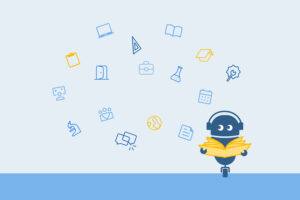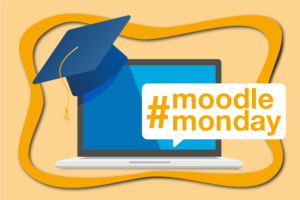RWTH Adminrunde: Secure exchange – Mailing list

Source: Own Illustration
Central IT provision only works with good communication and by exchanging information with local IT managers at the institutions – and this is exactly what the RWTH Admin Round Table is for. For over 14 years, it has provided a platform for administrators and IT enthusiasts to exchange information on current university-related IT topics throughout RWTH. The round table is organised by a dedicated team of five from various institutions and the IT Center.
Technical Background to the X-Win Conversion

Source: Own Illustration
On June 10, 2025, we successfully converted RWTH’s network connection to the German science network (X-WiN) to a new generation of routers. You can also read more information in the blog post. These important components of the network infrastructure were replaced with more powerful and energy-efficient devices. In this article, we take a look behind the scenes of the technical changeover: Why was it necessary? What was replaced? How did the complex conversion actually work?
Team UX at the IT Center
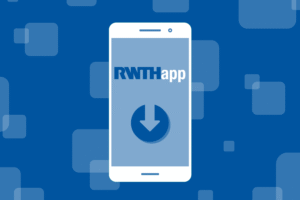
Source: Own Illustration
In this series, the IT Center’s UX team reports on its work. When developing interactive systems such as websites and apps, not only HTML, CSS and JavaScript play a decisive role, but also usability and user experience. Put simply, this refers to the question of whether a system supports its users in achieving their goals effectively, efficiently and satisfactorily and what perceptions and reactions result from using a system.
At the IT Center, we also focus on the usability and user experience of our systems. User tests such as the annual satisfaction survey on the RWTHapp are a key tool that we use for this. You can find this year’s results here.
DNS at RWTH Aachen Part 2: Security in the DNS – Protection Against Misuse

Source: Own Illustration
In the first part of this blog series on the Domain Name System (DNS), we explained various technical details. The very fact that DNS servers are consulted to convert computer names into IP addresses means that the system plays a very central role in the functioning of the Internet.
New Root Certificate for eduroam & RWTH-Institutes
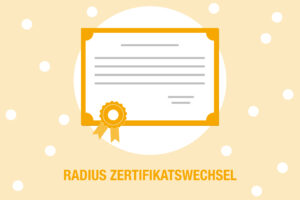
Source: Own Illustration
On September 9, 2025, the root certificate for the RADIUS server of eduroam and RWTH-institutes will be changed to the new DFN Community Root CA 2022 as part of a regular security measure. From this point on, only the new certificate will work – it will no longer be possible to use the old one. To ensure that you remain connected securely and without problems after September 9, you should update your WLAN configuration in good time.
KI:connect.nrw – Generative AI for All Universities in North Rhine-Westphalia
We have already told you about RWTHgpt in our previous posts. Due to the success of RWTHgpt, RWTH Aachen University decided in the summer of 2024 to make the infrastructure used at RWTHgpt available to other universities throughout the state in the future. This led to the creation of the KI:connect.nrw project, funded by the Ministry of Culture and Science.
Datastorage.nrw: How to Submit Storage Space Requests Using Coscine-JARDS

Source: Own Illustration
DataStorage.nrw offers you secure storage space for your research data – for all DH.NRW universities. Access is via the FDM platform Coscine, which provides different types of resources. You can use these either with or without deposited storage space. In this blog post, we explain how you can easily apply for storage space via Coscine-JARDS.
Ask Better, Answer Better: Prompt Engineering with RWTHgpt
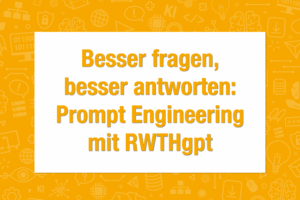
Source: Own Illustration
Since the introduction of RWTHgpt at RWTH Aachen University, many people have been asking themselves: How can I use RWTHgpt – and how do I ask the right questions? Because if you want good answers, you have to ask good questions. This is exactly where prompt engineering comes in: the targeted formulation of inputs (prompts) in order to obtain the most helpful, relevant and high-quality results possible from the AI model.
Sciebo Successfully Migrated to Nextcloud
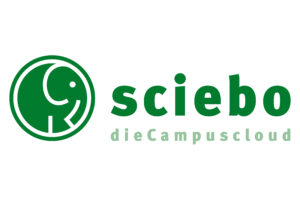
Source: sciebo
The migration of RWTH Aachen University’s sciebo instance from ownCloud to Nextcloud has been successfully completed. We are pleased to announce how the Nextcloud client can be used and what new features are associated with this migration.
RWTHmoodle – Course templates for a structured and interactive start to the 2025/26 winter semester
Following the successful piloting in the summer semester of 2025, the development of our RWTHmoodle course templates will continue. In the winter semester of 2025/26, we will provide you with improved and expanded templates and would like to invite you to try them out in your courses.
The goal of the course templates is clear: they are designed to help you structure your learning spaces in a clear and didactically meaningful way. Everyone benefits from the design: uniformly designed learning spaces make it easier to find your way around and provide a better overview of learning objectives, tasks, and individual progress.


